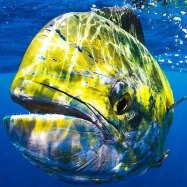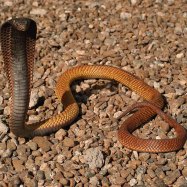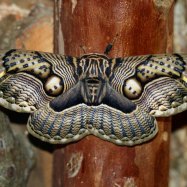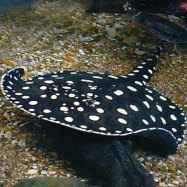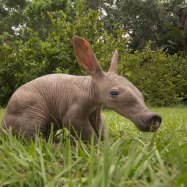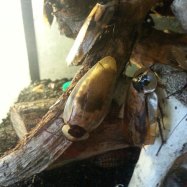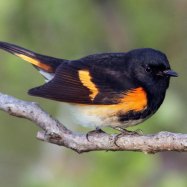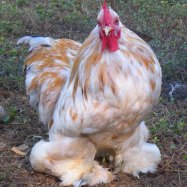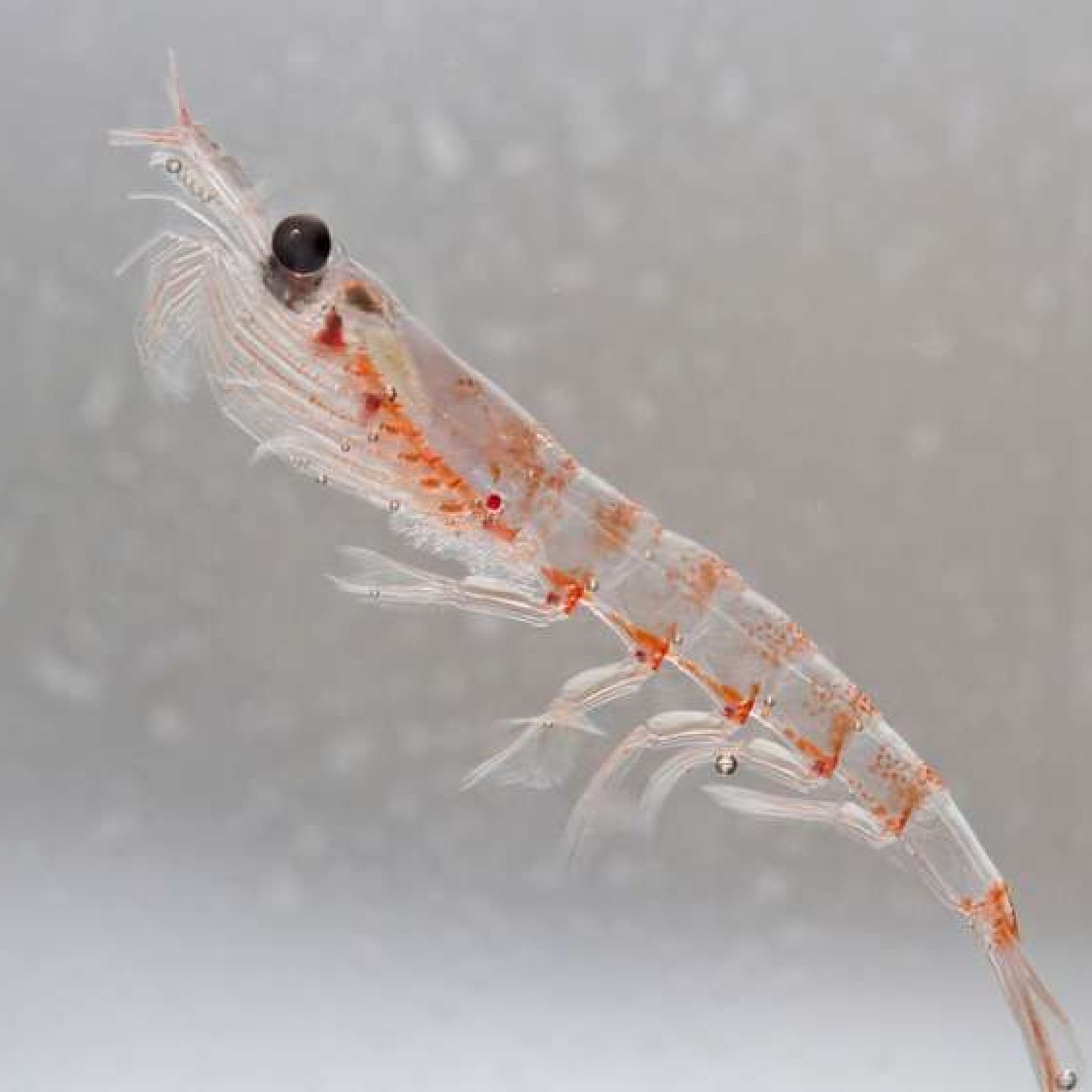
Krill
Up to 6 centimeters (2.4 inches)
Krill are small, shrimp-like creatures found in the Southern Ocean. They measure up to 6cm in length and belong to the Euphausiidae family. Their slender and elongated body shape allows them to glide easily through the water. These tiny animals play a crucial role in the ocean's food chain, serving as the main food source for animals like penguins, seals, and whales. Next time you see a cute penguin, remember that it probably got its energy from krill! #krill #southernocean #ecosystem #animals
Animal Details Summary:
Common Name: Krill
Kingdom: Animalia
Habitat: Marine
The Fascinating World of Krill: An Exploration of Antarctica's Small but Mighty Creatures
When we think of Antarctica, images of a vast, icy landscape and adorable penguins often come to mind. But what many people don't realize is that this remote continent is also home to a small yet incredible creature – krill. These tiny crustaceans may not have the same celebrity status as polar bears or killer whales, but they play a crucial role in the delicate ecosystem of the Southern Ocean.Krill, scientifically known as Euphausia superba, are small, shrimp-like creatures found in the Antarctic waters Krill. They are an essential part of the food chain, serving as a vital food source for various marine animals, including penguins, seals, and whales. But apart from their crucial role in the ecosystem, krill has many other fascinating features that make them stand out. So let's dive into the world of krill and uncover what makes them such remarkable creatures.
Classification and Habitat
Krill belongs to the Animalia kingdom, making them animals and not plants, despite their small size and plant-like appearance. They are from the phylum Arthropoda, which includes insects, crustaceans, and other arthropods. In the class Malacostraca, krill are classified under the order Euphausiacea and the family Euphausiidae. The scientific name Euphausia superba comes from the Greek words euphausos, meaning "well-born," and superba, meaning "superb."Krill are exclusively found in the Southern Ocean, making it one of the few organisms that are native only to Antarctica. They are most abundant in the area known as the Antarctic ice pack, which extends around the continent King Vulture. Within this region, krill can be found in large swarms, with an average density of 30,000-40,000 individuals per cubic meter. But, surprisingly, they are not limited to the icy waters near Antarctica. Krill can also be found in other parts of the Southern Ocean, including Argentina and New Zealand.
Appearance and Feeding Method
Krill have a distinctive appearance, with a long, slender body that measures around 1-2 centimeters (0.4-0.8 inches) in length. They have a similar body shape to shrimp, with an elongated abdomen and a curved, translucent carapace covering their head and thorax. The carapace can be open, closed, or have a slit, depending on the species.One of the most striking features of krill is their coloration. These tiny creatures are usually translucent pink to reddish-brown, making them almost invisible in the water. This coloration is an adaptation that helps them blend in with the surrounding water and avoid predators. But what's even more fascinating is that krill's color can change depending on their diet. If they feed on diatoms (a type of phytoplankton), krill's color will be darker and more orange. In contrast, krill that feeds on algae will have a more yellowish hue.
As filter feeders, krill's primary source of food is phytoplankton, microscopic plants found on the surface of the ocean. They use their specialized limbs, called biramous pleopods, to collect these tiny organisms and then pass them through their mostly transparent teeth and into their digestive system. Krill can also consume small fish and zooplankton, but phytoplankton remains their primary food source.
A Dynamic Life Cycle
Like most marine animals, krill have a complex life cycle that involves several stages. Adult krill reproduce sexually, with females laying thousands of eggs at a time. These eggs are carried by the currents and eventually hatch, releasing larvae that are barely half a millimeter long. These tiny larvae will then grow, molt, and develop into adult krill, a process that takes around 3-4 years. Unlike some other crustaceans, krill do not become sexually mature until they reach a certain size, usually around 6 centimeters (2.4 inches).The Role of Krill in the Ecosystem
Despite their small size, krill plays a vital role in the Antarctic ecosystem. They are the most abundant species in the Southern Ocean, with an estimated biomass of 379 million metric tons. Their massive numbers make them the primary food source for a wide range of marine animals, including fish, seabirds, squid, seals, and whales. In fact, it is estimated that krill provides about 90% of the food intake for some species of penguins and seals.But their importance doesn't stop there. Krill's role in the food chain also has a significant impact on climate change. As filter feeders, they remove carbon and other organic materials from the surface of the ocean, reducing the carbon levels in the water. This process is vital in maintaining a healthy ocean environment and mitigating the effects of climate change.
Threats to Krill Population
Despite their abundance, krill populations face some significant threats to their survival. One of the most pressing concerns is overfishing. Krill is harvested for a variety of purposes, including food for humans and feed for animals in aquaculture. While there are strict quotas in place to regulate krill fishing, there is still a risk of overexploitation, especially in areas where krill populations are dense.Another major risk to krill is climate change. As temperatures rise and sea ice melts in the Antarctic, the delicate balance of the ecosystem is disrupted. Krill populations are heavily reliant on sea ice for survival, as it provides a habitat for phytoplankton, their primary food source. Without sea ice, krill's food supply will be drastically reduced, leading to a decline in their numbers. This, in turn, can have a devastating ripple effect on other species that rely on krill for food.
Conservation Efforts
To protect krill populations and the Antarctic ecosystem, several conservation efforts are in place. The Commission for the Conservation of Antarctic Marine Living Resources (CCAMLR) is an international body that manages and regulates the fishing of krill and other marine species in the Antarctic. They ensure that harvest levels are sustainable, and strict measures are taken to prevent overfishing.Moreover, organizations such as the World Wildlife Fund (WWF) are working to raise awareness about krill's vital role in the ecosystem and the threats they face. Public education and advocacy play a critical role in protecting these small but mighty creatures and preserving the delicate balance of the Antarctic ecosystem.
In Conclusion
Krill may be small and often overlooked, but they are undoubtedly a crucial part of the intricate web of life in the Antarctic. From their unique physical features to their essential role in the food chain, krill is truly remarkable creatures. As we continue to learn more about the ocean and its inhabitants, it is essential to protect and conserve these tiny but mighty organisms and the fragile environment they call home. So the next time you think of Antarctica, remember the extraordinary world of krill, and how their survival is crucial for the survival of many other species on our planet.

Krill
Animal Details Krill - Scientific Name: Euphausia superba
- Category: Animals K
- Scientific Name: Euphausia superba
- Common Name: Krill
- Kingdom: Animalia
- Phylum: Arthropoda
- Class: Malacostraca
- Order: Euphausiacea
- Family: Euphausiidae
- Habitat: Marine
- Feeding Method: Filter Feeder
- Geographical Distribution: Southern Ocean
- Country of Origin: Antarctica
- Location: Southern Ocean, particularly around Antarctica
- Animal Coloration: Translucent pink to reddish-brown
- Body Shape: Slender and elongated
- Length: Up to 6 centimeters (2.4 inches)
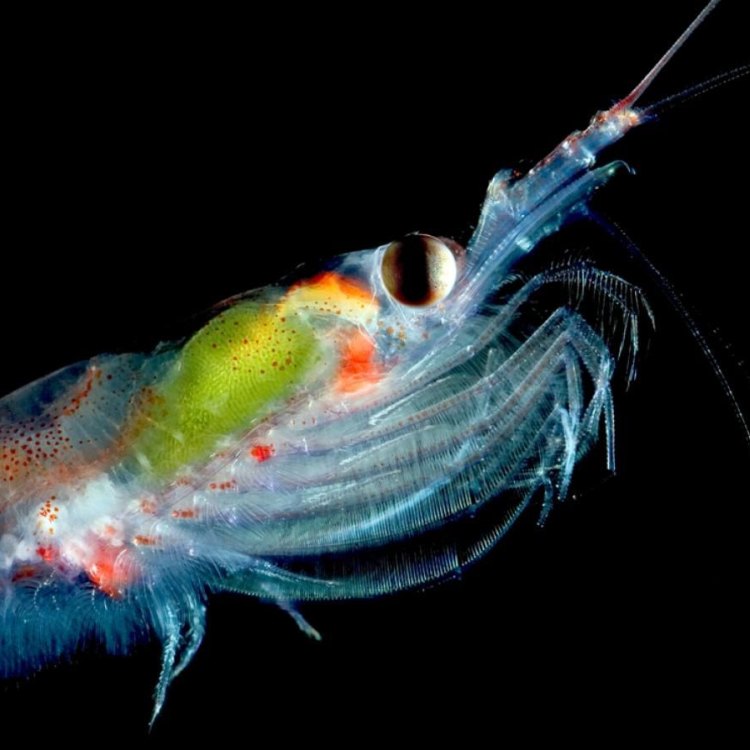
Krill
- Adult Size: Approximately 2-4 centimeters (0.8-1.6 inches)
- Average Lifespan: 3-6 years
- Reproduction: Sexual
- Reproductive Behavior: Males release sperm in the water, females release eggs which are fertilized externally
- Sound or Call: Krill produce sounds by stridulation, rubbing body parts together
- Migration Pattern: Vertical migration
- Social Groups: Large swarms
- Behavior: Gregarious and form giant aggregations
- Threats: Overfishing, climate change, pollution
- Conservation Status: Least Concern
- Impact on Ecosystem: Krill play a crucial role in the Antarctic food web, serving as a primary food source for many species, including whales, seals, penguins, and fish
- Human Use: Used as a food source for humans, fish meal, and aquaculture feed
- Distinctive Features: Large compound eyes, two pairs of antennae, long and slender body
- Interesting Facts: Krill are one of the most abundant animal species on Earth, with an estimated biomass of over 500 million metric tons
- Predator: Whales, seals, penguins, fish
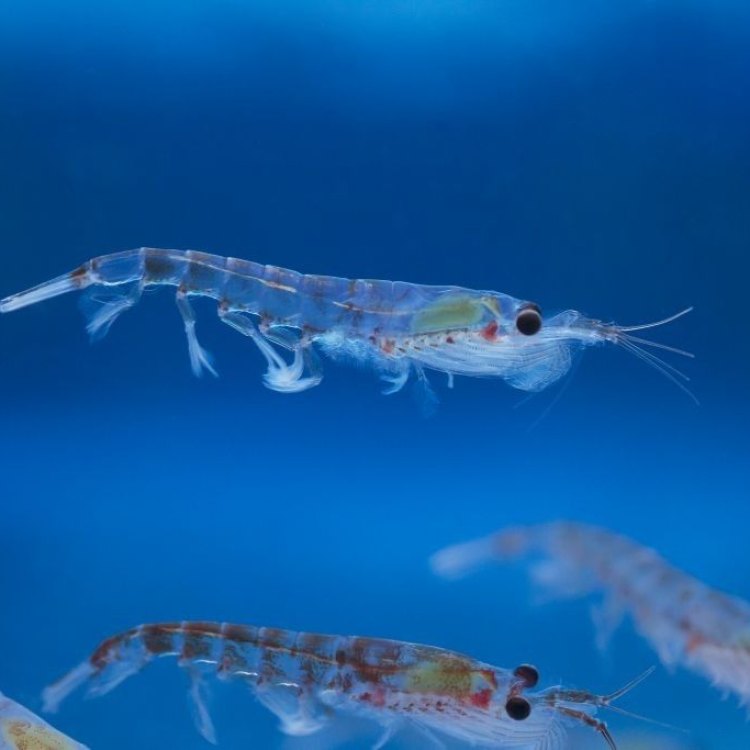
Euphausia superba
Krill: The Tiny Giants of the Sea
The vast and mysterious oceans have always held a fascination for human beings. They cover over 70% of the Earth's surface and contain countless species that are yet to be discovered and studied. Among these species, there is one that is often overlooked but plays a crucial role in the delicate balance of the oceanic ecosystem – the krill.Krill (Euphausiacea) are small, shrimp-like marine crustaceans that can be found in all the world's oceans, with the largest populations in the Southern Ocean surrounding Antarctica PeaceOfAnimals.Com. Despite their tiny size, krill are considered giants of the sea due to their incredible abundance and significant impact on the marine ecosystem.
Adult krill are relatively small, measuring approximately 2-4 centimeters (0.8-1.6 inches) in length. They have a long, slender body with a hard, transparent shell, making them almost invisible in their ocean habitat. They have two pairs of antennae, which they use to navigate and forage for food, and large compound eyes that can detect light and movement.
The average lifespan of a krill is between 3-6 years, but this can vary depending on factors such as food availability and environmental conditions. During their short lifespan, krill undergo a remarkable transformation – from tiny larvae to fully-grown adults, capable of reproducing and contributing to the survival of their species.
Krill reproduce sexually, with males and females coming together in large swarms during the mating season Kenyan Sand Boa. However, unlike many other creatures, their reproductive process is a little different. Males release sperm into the water, while females release eggs that are then fertilized externally. This method allows for maximum efficiency in reproduction, as both males and females can release their reproductive cells simultaneously, increasing the chances of fertilization.
Interestingly, krill are also known for their ability to produce sounds, a characteristic that is not commonly associated with crustaceans. They do so by stridulation, which involves rubbing body parts together, usually their antennae and their pereopods (legs). These sounds play an important role in communication and may also serve as a defense mechanism against predators.
One of the most striking behaviors of krill is their migration pattern. Krill display what is known as a vertical migration, where they move up and down in the water column daily. During the day, they stay in deeper waters, and at night, they rise towards the surface to feed on organic matter. This behavior not only helps them avoid predators but also ensures their survival by optimizing their access to food.
Despite their small size, krill are incredibly social creatures and form giant aggregations with millions of individuals. These swarms can cover hundreds of square miles and are often so dense that they can be seen from satellite images. The formation of these swarms offers several advantages to krill, including protection from predators and efficient foraging, as they can work together to find food and navigate challenging ocean conditions.
Sadly, despite their vital role in the marine ecosystem, krill populations are facing numerous threats, primarily due to human activities. Overfishing, climate change, and pollution are some of the biggest challenges that these tiny crustaceans are facing, and if not addressed, they could have disastrous consequences for the ocean's delicate balance.
Overfishing of krill is a significant concern, as they are heavily targeted by the fishing industry for a variety of purposes, including human consumption, fishmeal, and aquaculture feed. The demand for krill has increased in recent years due to its high protein and omega-3 fatty acid content, making it a popular health supplement. While krill populations can regenerate quickly, the rapid depletion of their numbers could leave a significant gap in the oceanic food chain, affecting various species that depend on them for survival.
Climate change is another significant threat to krill populations. As the Earth's temperatures rise, the Southern Ocean's sea ice is melting at an alarming rate, significantly impacting krill's survival and reproduction. Krill larvae rely on sea ice for shelter and their survival, and without it, their numbers could decline drastically.
The rise in water temperatures also affects the growth and development of krill, causing them to mature at a smaller size, reducing their overall reproductive capacity. Furthermore, the ocean's increasing acidity levels, a consequence of climate change, could also affect krill's survival, as they have a limited tolerance for pH changes.
Pollution, particularly from plastic waste, is also a significant concern for krill. As filter feeders, krill ingest microplastics that can clog their digestive systems and potentially lead to their death. As these tiny creatures are at the bottom of the food chain, their consumption of microplastics can also have a severe impact on the entire ecosystem, as these pollutants make their way up the food chain.
Despite these threats, the current conservation status of krill is listed as least concern by the International Union for Conservation of Nature (IUCN). However, as the demand for krill continues to increase, and their populations continue to face numerous threats, it is essential to monitor their numbers carefully and take necessary measures to safeguard their survival.
The role of krill in the Antarctic food web cannot be understated. They serve as a primary food source for many species, including whales, seals, penguins, and fish. Without krill, these animals would struggle to survive, causing a ripple effect on the entire ecosystem. Therefore, the conservation of krill is vital not only for their species but for the overall health and balance of the ocean's complex ecosystem.
Apart from their crucial ecological role, krill also have several uses for humans. As mentioned earlier, krill is a popular food source for humans, commonly sold as a supplement in the form of krill oil. It is also used in the production of fish meal, a critical ingredient in animal feed for aquaculture. The demand for krill in these industries is expected to continue to rise, further emphasizing the need for responsible and sustainable harvesting practices.
In conclusion, though tiny in size, krill play a vital role in the ocean's complex and delicate ecosystem. As one of the most abundant animal species on Earth, their survival is essential for the survival of many other species, including our own. The threats they face, such as overfishing, climate change, and pollution, require immediate attention, and it is up to us to take responsible and sustainable actions to ensure their continued survival. Join the fight to protect these tiny giants of the sea and help preserve the beauty and diversity of our oceans for future generations.
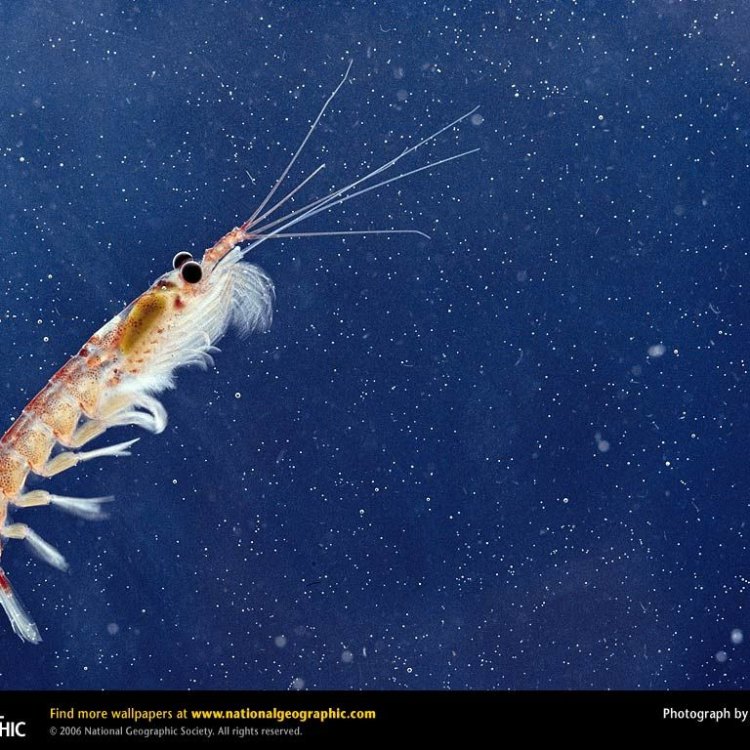
The Fascinating World of Krill: An Exploration of Antarctica's Small but Mighty Creatures
Disclaimer: The content provided is for informational purposes only. We cannot guarantee the accuracy of the information on this page 100%. All information provided here may change without prior notice.


